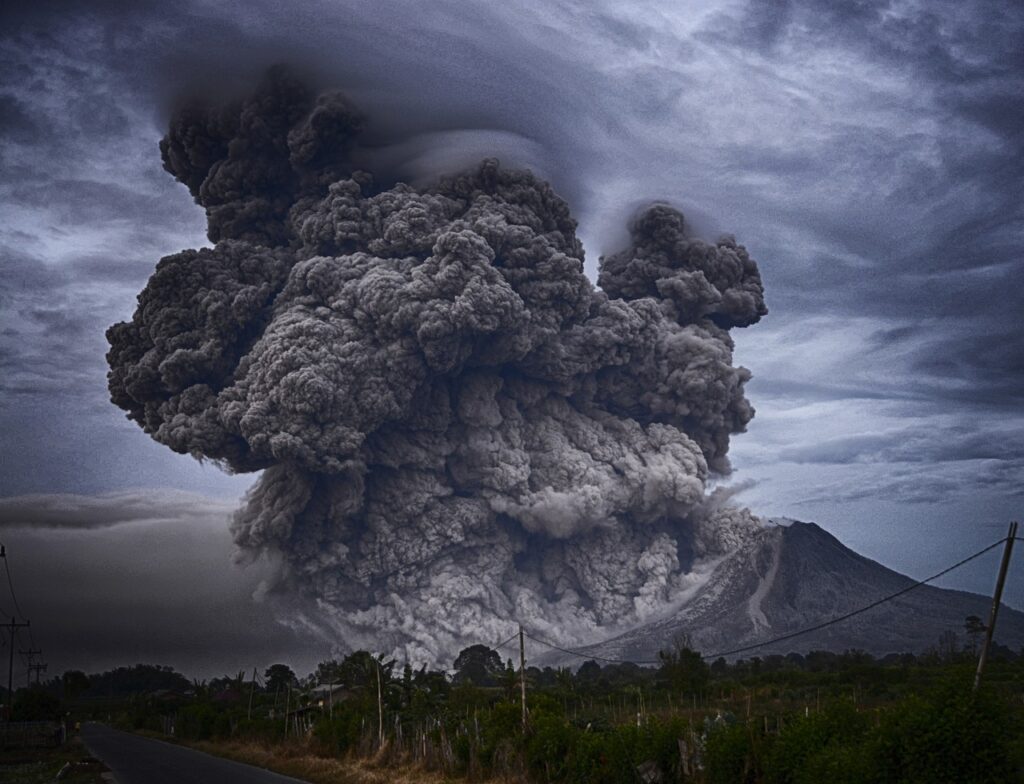Why Fashion Is Important lwspeakfashion
Strip fashion down to the basics: it’s selfexpression. Whether it’s a crisp white shirt or neon sneakers, what we wear says something without speaking. That matters. It matters at job interviews, first dates, casual Fridays. It matters in classrooms and courtrooms. If clothing is visual language, we’re all fluent.
Think about global impact. Fashion feeds industries, employs millions, and drives tech innovation. There’s big muscle behind those fabrics—textiles, designers, logistics, ecommerce. When you support fashion, you’re fueling a chain far longer than the price tag on that hoodie.
Identity and Confidence
People often find themselves through what they wear. For some, fashion’s a tool to feel seen. For others, it’s armor. If you’ve ever worn something that made you walk taller—you get it. That’s fashion doing emotional labor.
Take youth culture. Teens trying on styles are often trying on selves. That oversized flannel may be rebellion. That tailored blazer might signal ambition. When words fail, clothing fills in the blanks.
It’s also a form of belonging. Subcultures use fashion as code. Goths, punks, hiphop heads—all have their visual markers. Switch styles, switch tribes. It’s subtle but powerful.
Cultural Memory
Think of iconic looks: Audrey Hepburn in a black dress, Tupac in a bandana, Princess Diana in biker shorts. Each image is frozen, but the message still moves. Fashion encapsulates eras and emotions. It stores memory.
We see movements in fabric. The Civil Rights suits. The feminist power blazer. Punk’s DIY aesthetic. All of these moments let us trace social shifts through silhouettes and accessories. Understanding why fashion is important lwspeakfashion is about grasping how larger stories are stitched into the everyday.
Economic and Environmental Weight
Fashion moves dollars. Globally, fashion is worth over $2.5 trillion. That’s not pocket change. Big names, small shops, digital storefronts—all contribute to a complex supply chain that delivers style to doorsteps worldwide.
With that scale, there’s responsibility. Fast fashion’s environmental cost isn’t news. Microplastics. Water waste. Exploited labor. But it’s not just bad news. There’s a growing wave of conscious alternatives. Upcycling, slow fashion, digital fashion. They’re reshaping an industry that, for years, prioritized quantity over consequence.
Fashion’s evolution isn’t just aesthetic—it’s ethical.
Personal Branding 101
In an era of LinkedIn and Instagram, we’re all a brand to some degree. And what we wear? Your instant headline. People make snap decisions in under seven seconds. Your outfit’s the opener.
Whether you’re freelancing or managing a team, your appearance can reinforce your message or undercut it. This isn’t about vanity—it’s strategy. Think black turtleneck: Steve Jobs. Think redsoled stilettos: Louboutin. First impressions aren’t fair, but they stick.
When you control your dress, you control part of the narrative. That’s power.
Fashion as a Form of Play
Let’s not forget—fashion can also be pure fun. Joy isn’t superficial. In a world that feels heavier by the week, playing with color, shape, and mood isn’t trivial. It’s therapeutic.
Trying bold looks. Reworking old pieces. Mixing high and low. That creative spark? It’s stimulation, not waste. For many, experimenting with style is like sketching with thread.
Removing pressure to be “on trend” lets people rediscover style on their terms. That’s where the magic is.
Social Commentary in Fabric
Designers aren’t just making garments—they’re making statements. Runways today are platforms for activism. Shows highlight issues from climate change to gender identity.
Dior’s “We Should All Be Feminists” tee wasn’t just fashion—it was feminist literature turned lifestyle. Black designers reclaiming space on runways? That’s representation stitched with intention.
Fashion reflects, reacts, and sometimes rebels. What’s sewn on the outside often speaks to what’s bubbling beneath the culture.
The Takeaway
Understanding why fashion is important lwspeakfashion goes far beyond trends and tags. It’s about identity, expression, commerce, and conscience. It helps us frame first impressions, remember history, and imagine futures.
Wear what you want—but wear it knowing the layers it carries. Your outfit might be casual, but its message rarely is. Fashion does a lot of talking. The real question is: are we listening?
